Tag: ultrasound
-
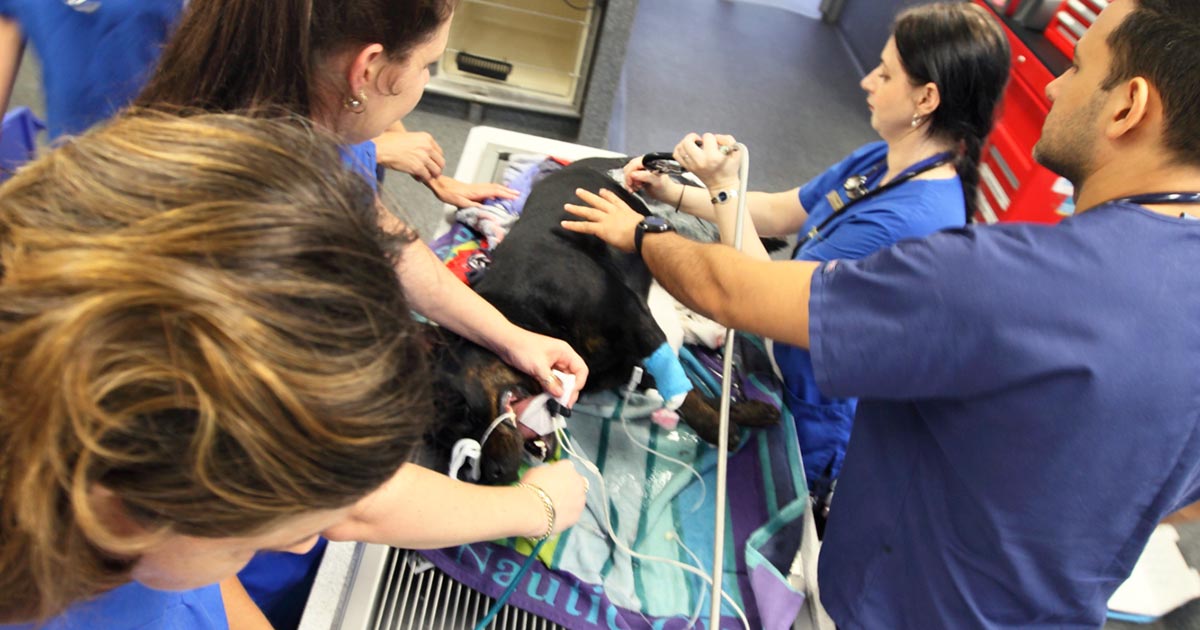
Triage, pt 2: secondary survey
—
by
Secondary survey refers to the detailed physical examination performed after the primary survey, and should only be performed once the patient has been adequately stabilised. It is always important to perform physical examinations systematically to avoid overlooking organ systems. This could be difficult in a stressful emergency situation, so one way to remind yourself is…
-
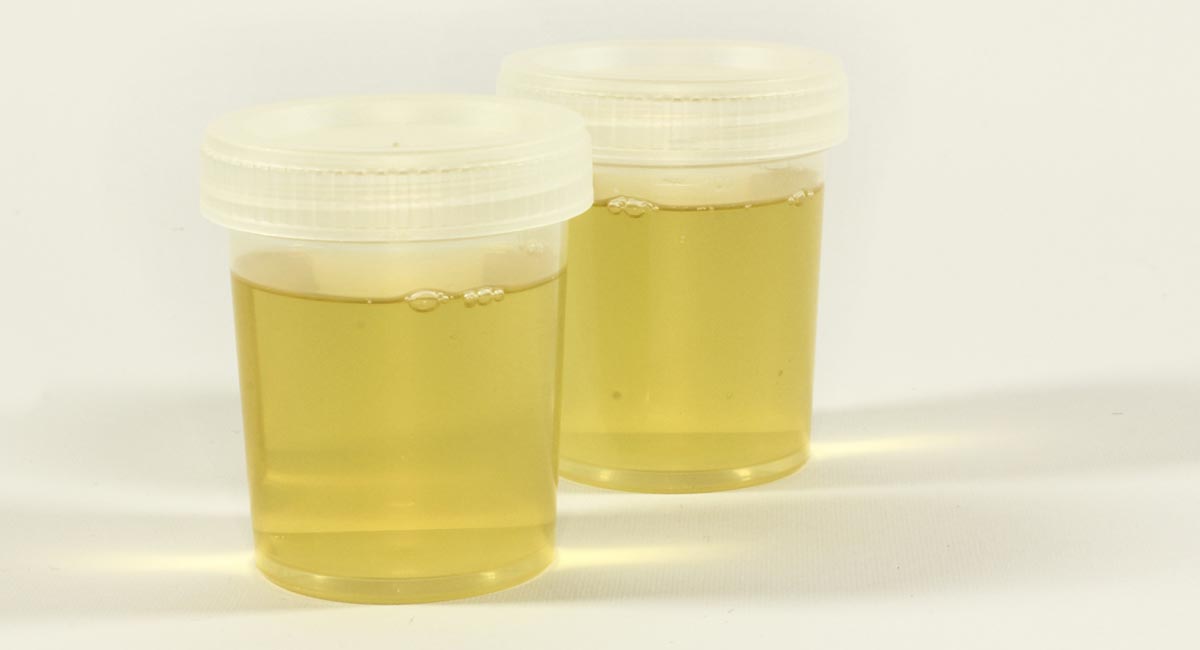
Urinalysis: the neglected test
—
by
Urinalysis is an important diagnostic tool in veterinary practice. It is indicated for any patient that presents with polyuria or urinary tract signs, but also a necessary test to perform in conjunction with serum biochemistry. Why do some clinicians fail to perform urinalyses even when they are indicated? Reasons include: clinicians not seeing the importance…
-
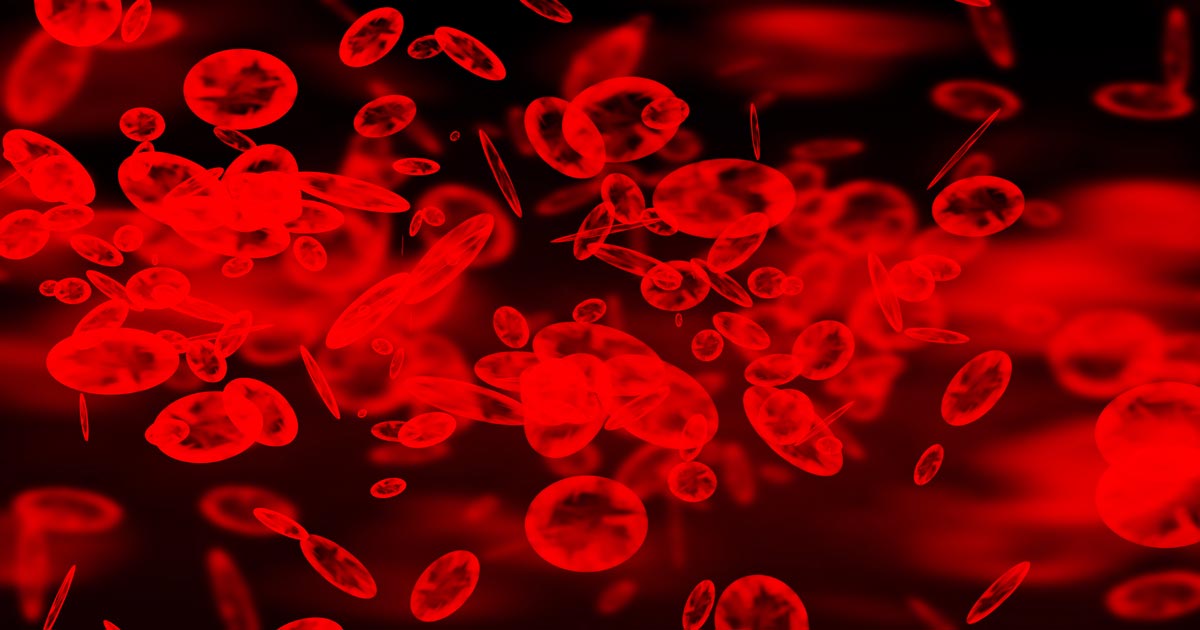
Managing thrombocytopenia in dogs and cats: part 1
—
by
Thrombocytopenia is a condition characterised by a decrease in platelet numbers, which is often caused by increased destruction of platelets or a decrease in production. Thrombocytopenia can manifest in many ways – the signs can be subtle and easily missed, such as small petechiae on gums, or quite obvious signs, such as large areas of…
-

The lighter side of the ex lap
—
by
Let’s set the scene: It’s Friday afternoon, you’ve had the blocked cat and the chocolate-eating Labrador, your patients are comfortable, on fluids, settled, recovering. It’s been a hectic but manageable Friday, so let’s mop the floors and empty the bins with some banging tunes – come on Friday feels! Then the phone rings at 5.55pm.…
-
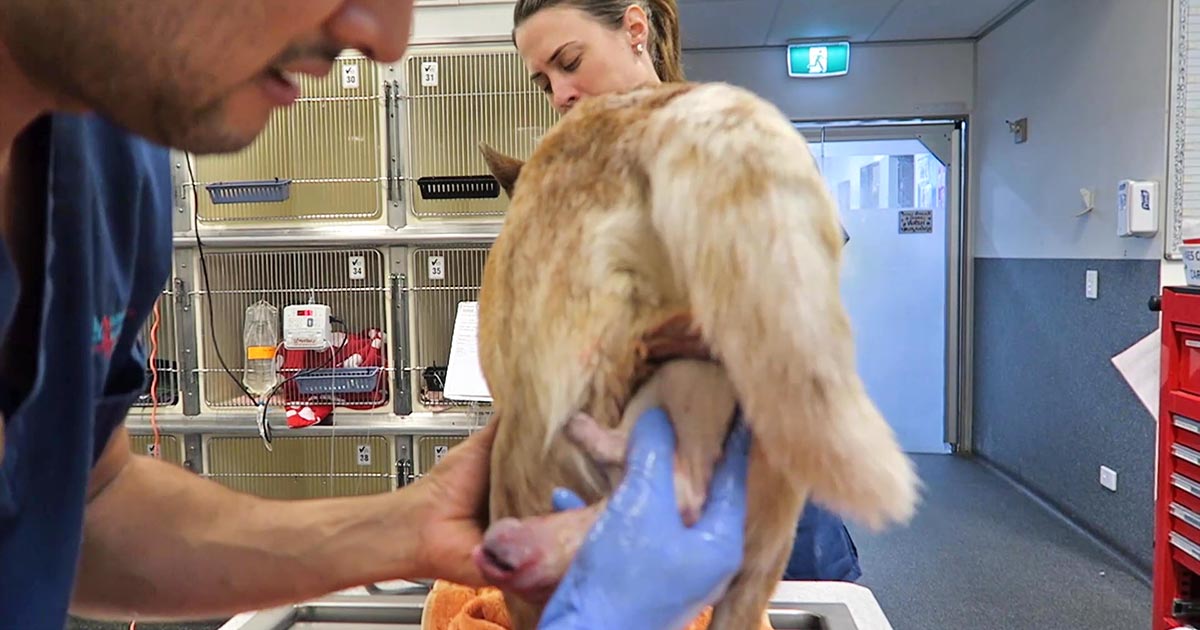
Dystocia, pt 2: diagnostics
—
by
Part one of this series covered the stages of labour and indications dystocia is present. Once the bitch presents to the clinic, a few basic diagnostic checks need completing to determine the status of the bitch/queen and the fetuses. Physical examination The first is a thorough physical examination, starting with the bitch or queen: Demeanour,…
-
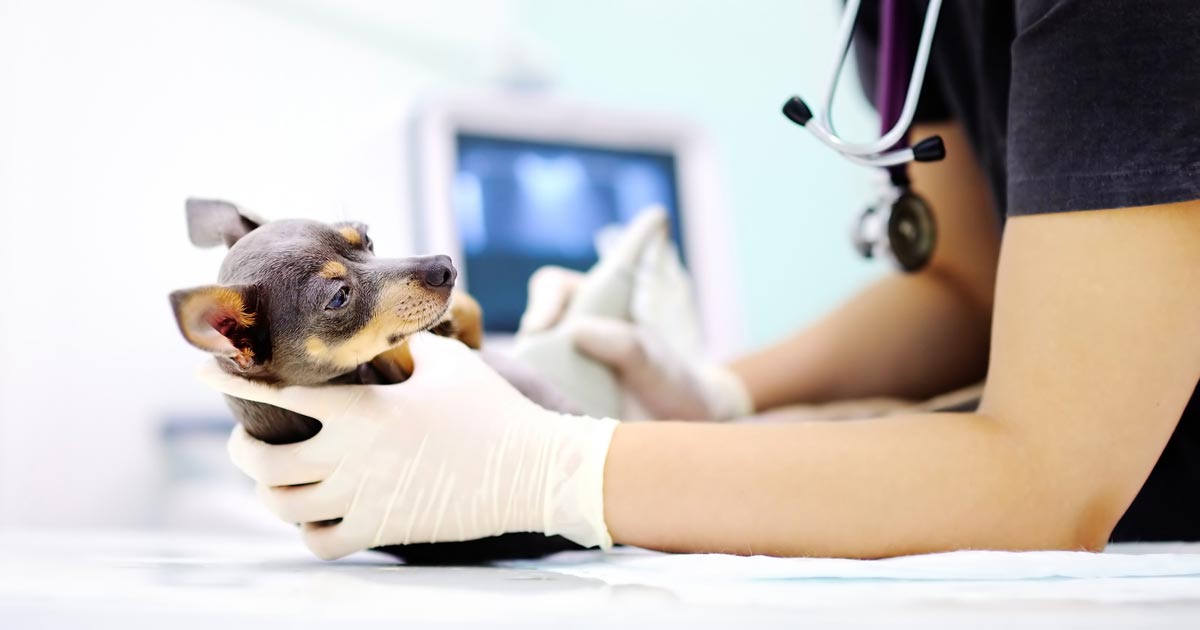
Pancreatitis, pt 1: diagnosis
—
by
Pancreatitis is one of the most common exocrine conditions seen in small animal practice. It is caused by premature activation of enzymes (zymogens) within the pancreas leading to autodigestion, and can result in severe morbidity with the potential to lead to mortality. To this day, the diagnosis of pancreatitis remains a challenge – especially in…
-
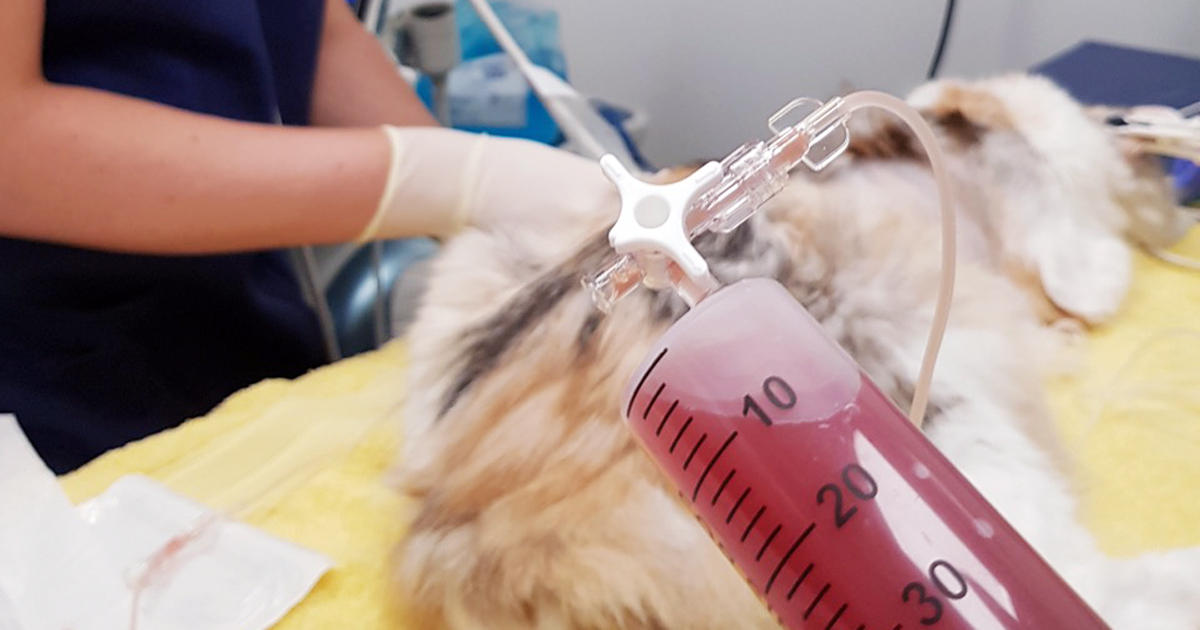
Thoracentesis, part 2: sample work
—
by
Last week we gave some hints and tips about how to perform a thoracocentesis. This week we look at what to do with the sample you collected and where to go to next. Looking at the sample is not enough, there are several things you need to do to make sure you are getting the…
-
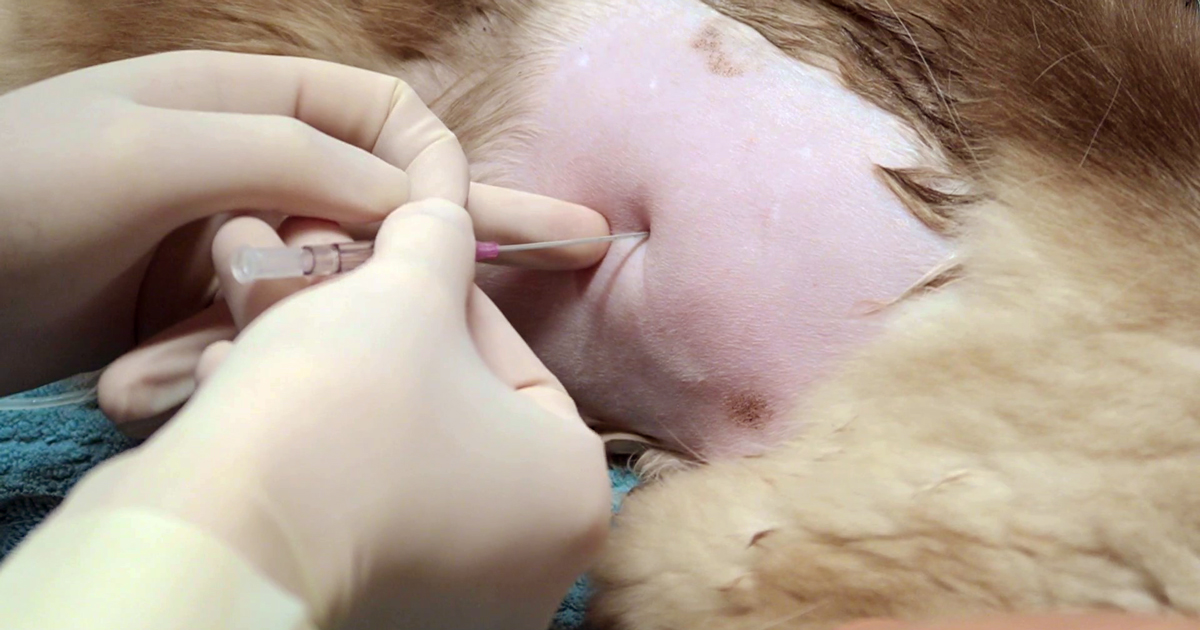
Thoracentesis, part 1: indications, equipment and protocol
—
by
Thoracentesis is a relatively straightforward and life-saving technique for seriously dyspnoeic animals with pleural space disease, and is a valuable diagnostic tool. Here are my tips for getting the most out of your approach to performing a thoracentesis. Indications Therapeutic – relieve respiratory distress caused by pleural effusions and pneumothorax. Diagnostics – cytological examination of…
-

Tips for new graduates, part 2
—
by
Following on from last week’s tips for new graduates, here are my final two tips that resonate the most with me in my practice and as a coach. I hope they help with transitioning into practice. Systematic approach In my role as a mentor and coach, one of the most important concepts I instil or…
-
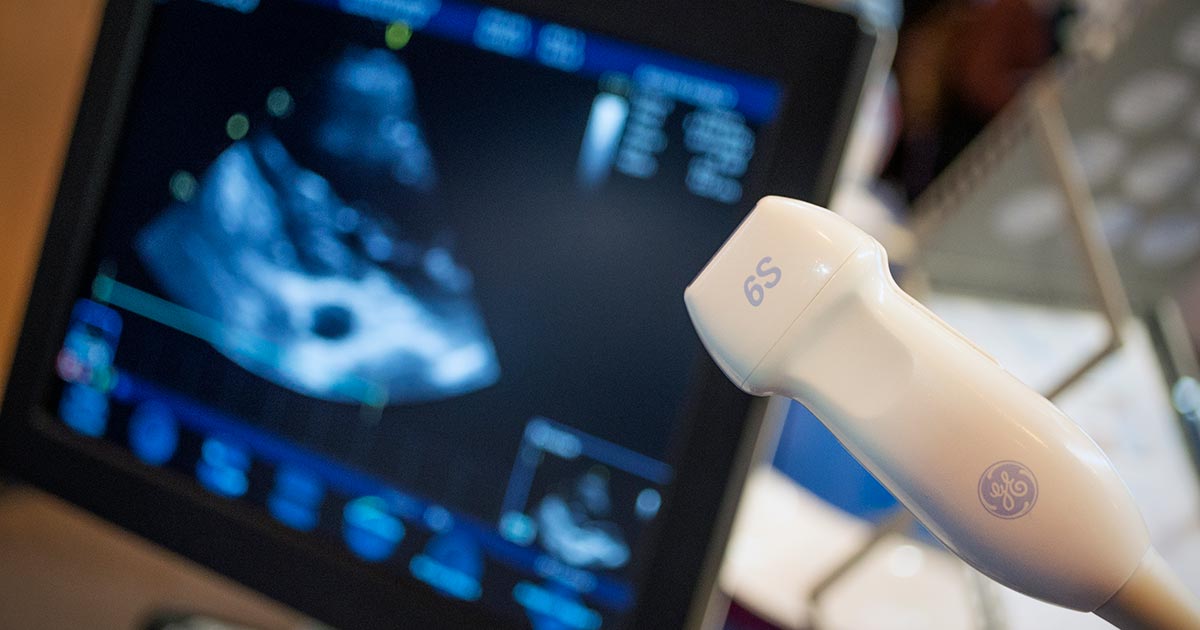
Abdominal ultrasound, pt 3: scanning procedure
—
by
I cannot stress enough how crucial it is to develop a systematic approach to doing ultrasounds. Not only will this approach help develop an anatomic mind map, it will also safeguard you from accidentally overlooking organs. When examining each individual organ, the same theory applies. This will ensure you look at each organ in its…